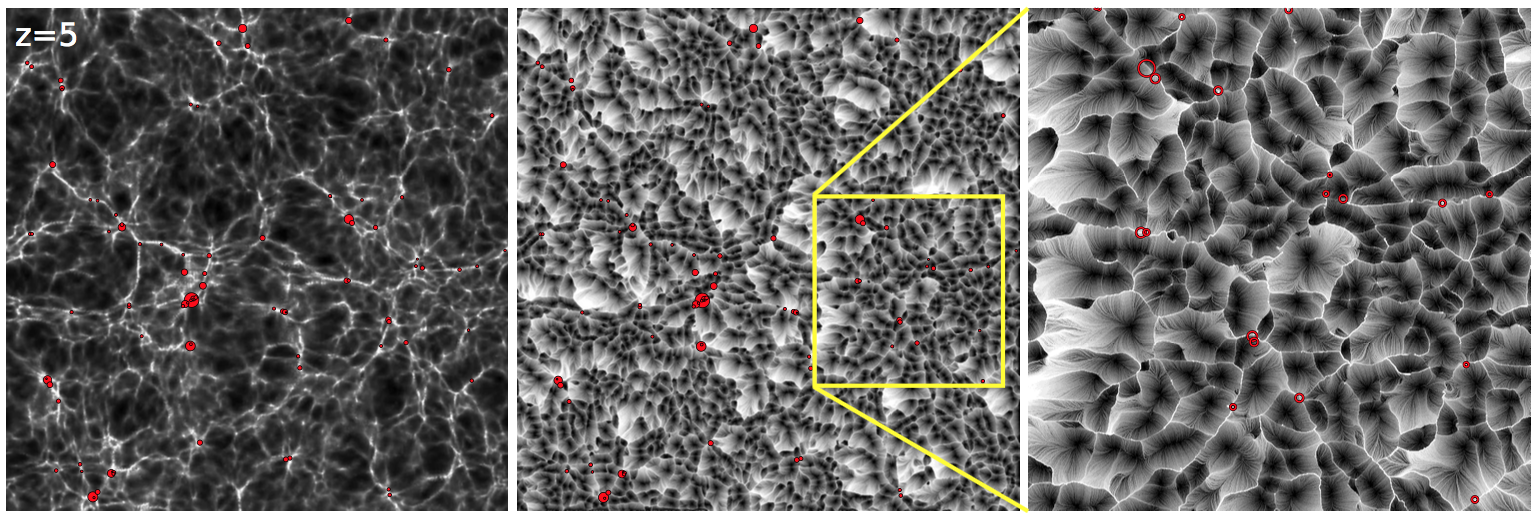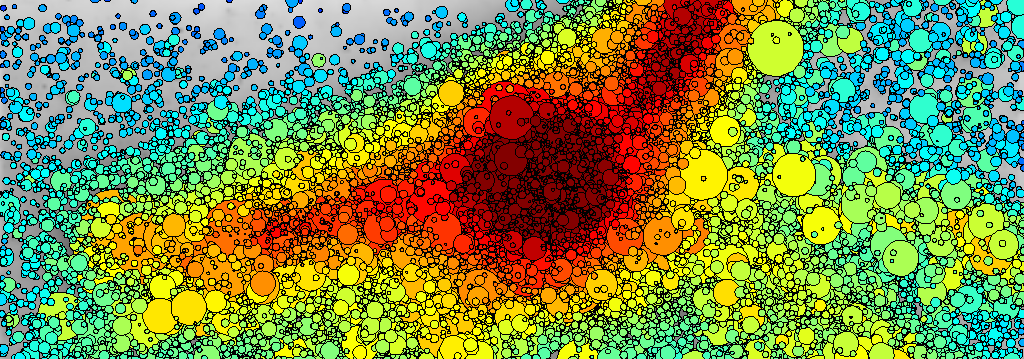How cosmic web detachment drives galaxy quenching.
Posted by Miguel Aragon
In this study we present a new idea on star formation quenching. We followed the logical conclusion based on previous studies that show that galaxies form stars by accretion streams of cold gas. This happened in at a time when the Universe was dinamically young. So what happens to the feeding gas streams when galaxies enter non-linear regions? they detach from their parent galaxy and the galaxy basically starves, ending its star-formation phase.
Read paper

